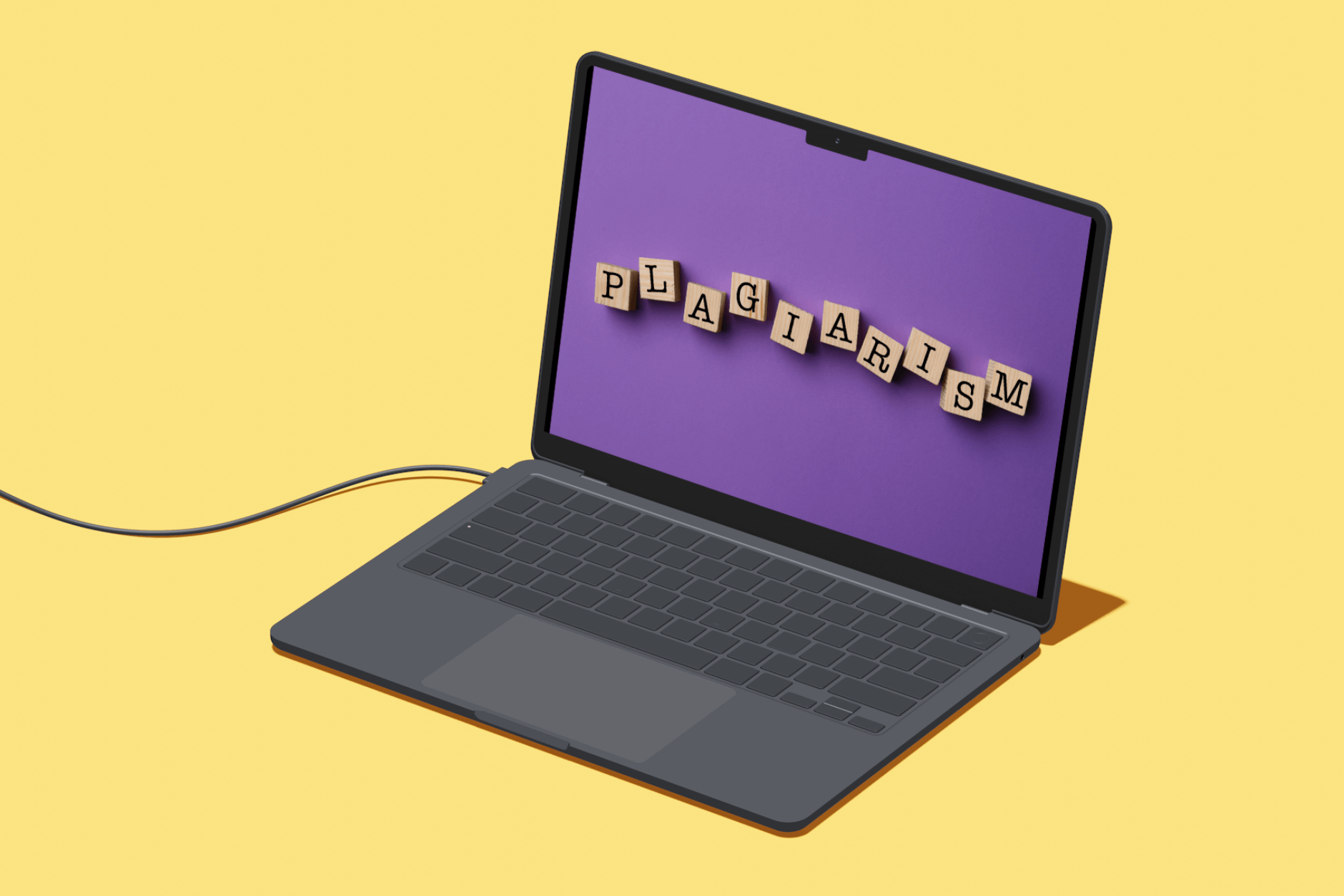In the fast-paced world of academia and content creation, the issue of plagiarism looms large. To combat this, many writers and educators turn to AI checkers for plagiarism detection. These tools offer a quick and efficient way to compare text and identify any instances of copied material. However, the accuracy and effectiveness of these AI checkers can vary widely.
Evaluating the reliability of these tools is essential to ensure that writers can trust the results they receive. With the growing demand for reliable plagiarism detection, it is crucial to assess the accuracy and efficiency of AI checkers in today’s digital landscape.
Introduction to AI Checker for Plagiarism

Welcome to the Introduction to AI Checker for Plagiarism. In the world of content creation, ensuring originality is key to success. With the advancement of technology, AI checkers have emerged as efficient tools for detecting plagiarism. These tools can quickly scan through vast amounts of text to identify any instances of copied content.
While human writing tends to have a mix of sentence lengths and complexities, AI-generated text often follows a more uniform pattern. This difference in writing style highlights the importance of using AI checkers to maintain the integrity of your work. In this article, we will delve into the accuracy and efficiency of AI checkers in detecting plagiarism, providing valuable insights for content creators and researchers alike.
Understanding the Accuracy of AI Plagiarism Detection

To truly grasp the effectiveness of AI plagiarism detection tools, it is essential to understand how they analyze and compare text. Human writing often exhibits a wide range of sentence structures, with a mix of long, intricate sentences and short, straightforward ones. In contrast, AI-generated text can sometimes appear more uniform in terms of sentence length and complexity.
This difference is key in evaluating the accuracy of AI checkers for plagiarism, as it may impact how effectively they can detect copied content. By considering these nuances in writing styles, we can gain a deeper insight into the capabilities and limitations of AI plagiarism detection technology.
Factors Affecting the Efficiency of AI Checker for Plagiarism

In evaluating the efficiency of AI checkers for plagiarism, it is crucial to consider the differences in writing styles between humans and artificial intelligence. While humans tend to write with a mix of longer, more complex sentences interspersed with shorter, simpler ones, AI tends to produce more uniform sentences.
This can affect the accuracy of plagiarism detection, as AI checkers may struggle to detect similarities in writing styles that deviate from their standard patterns. Factors such as sentence structure, vocabulary choice, and overall writing complexity can all impact the efficiency of AI checkers in detecting instances of plagiarism. By understanding these differences in writing styles, AI checkers can be better equipped to accurately and efficiently identify plagiarized content.
Conclusion
In conclusion, the AI Checker for Plagiarism has been shown to be a valuable tool for educators, researchers, and writers alike. Its accuracy and efficiency in detecting plagiarized content make it a reliable resource for ensuring originality and integrity in academic and professional work.
Although there are limitations to consider, such as the need for human oversight and the potential for false positives, the overall performance of the AI Checker is promising. As the technology continues to improve and evolve, incorporating advancements such as the ChatGPT detector, we can expect even greater precision and effectiveness in detecting plagiarism. Overall, the AI Checker for Plagiarism stands as a valuable asset in upholding academic honesty and intellectual integrity.


